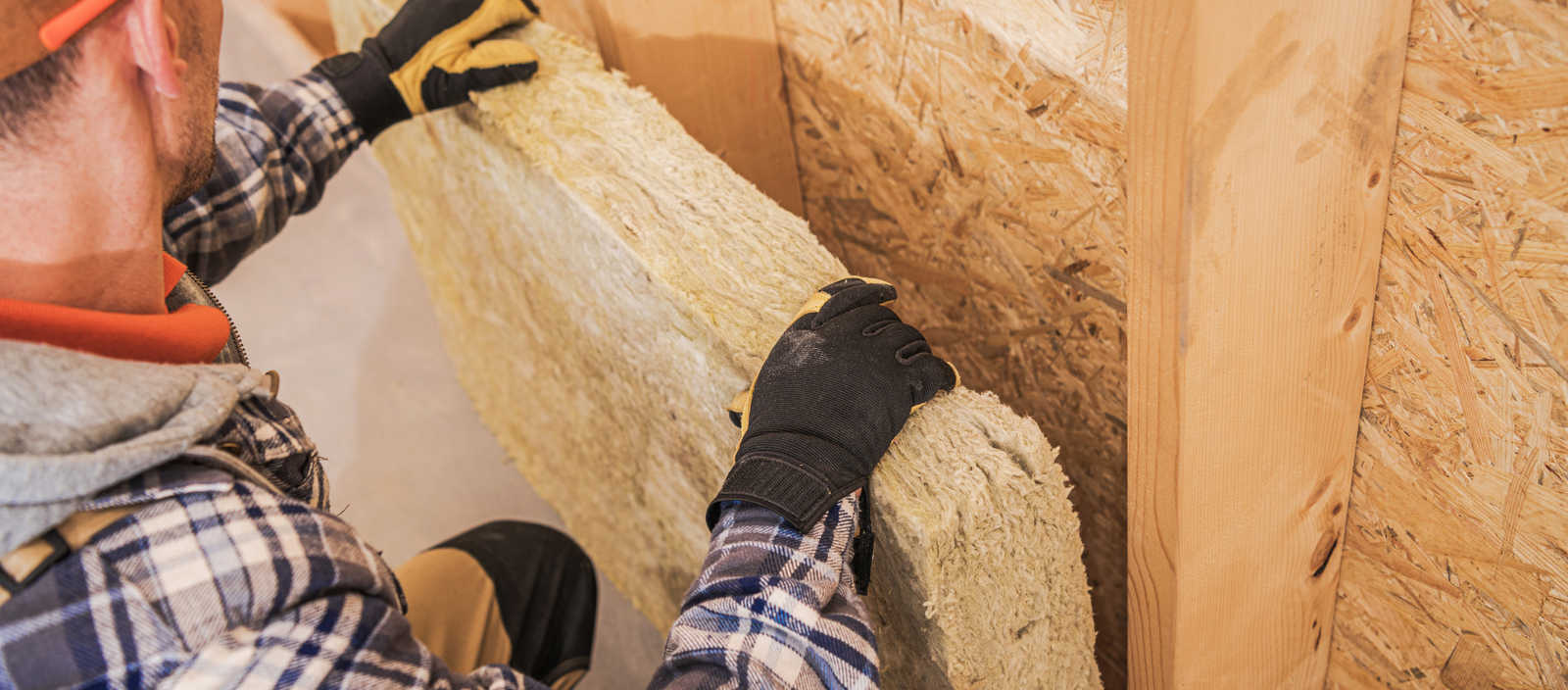Attic Insulation Guide: Slash Energy Bills and Maximize Home Comfort
Attic Insulation: The Complete Home-Energy Upgrade Guide
When homeowners think energy efficiency, they often picture new windows or high-SEER HVAC units. Yet the single most cost-effective upgrade is usually attic insulation. According to the Insulation Institute, up to 25 % of total heat loss in a typical U.S. home escapes through an under-insulated attic. In this 2 000-word guide we’ll cover materials, R-values, installation steps, and code compliance—anchored by the real-world expertise of ABC Building Systems.
Why Attic Insulation Matters
The science is simple: warm air rises. Without a thermal barrier, winter heat flows out and summer heat radiates in. The Building Science Digest 011 explains that proper attic insulation does four jobs at once:
- Limits conductive heat transfer (temperature difference).
- Blocks convective heat transfer (air leakage).
- Controls radiant heat gain from a hot roof deck.
- Reduces moisture condensation that leads to mold.
Main Types of Attic Insulation
1. Blown-In Fiberglass
Loose-fill fiberglass is lightweight, non-combustible, and cost-efficient (HomeAdvisor lists \$1.20–\$1.50 / ft² installed to R-49). It’s ideal for topping up existing batts.
2. Cellulose Loose-Fill
Made from recycled newspaper treated with borate, cellulose offers higher density—great for sound control. The Cellulose Association cites an R-value of 3.7 per inch vs. 3.1 for fiberglass.
3. Open-Cell Spray Foam
Spray polyurethane foam (SPF) expands 100× to seal every gap. Benefits, per ACHR News:
- Air-sealing + insulation in one pass.
- Creates an unvented conditioned attic (no more dusty storage!).
- R-3.8 to R-4.2 per inch.
4. Mineral Wool Batts
Brands like ROCKWOOL resist fire to 2 150 °F—perfect for homes near wild-land zones or metal-roof retrofits from ABC’s roof installation team.
Code Requirements & R-Values
The 2018 IECC recommends:
ABC Building Systems confirms required R-value during an attic audit (why choose us?).
Installation: Step-by-Step With ABC Building Systems
- Thermal imaging & blower-door test to locate leaks.
- Air-seal penetrations with foam or caulk (see AirSealing.org).
- Baffle placement to keep soffit vents clear.
- Install or top-up insulation to target depth.
- Verify depth markers every 300 ft² (IECC requirement).
The Roof Connection
An attic upgrade pairs perfectly with roof work. During roof repairs or re-roofing, crews can add rigid foam above the deck for a continuous insulation layer—a technique endorsed by Green Building Advisor.
Cost & Return on Investment
Average pricing, based on Angi cost data:
- Blown-in fiberglass to R-49: \$1.40 / ft².
- Open-cell SPF to R-38 (roof deck): \$3.20 / ft².
The National Renewable Energy Laboratory finds a simple payback of 3–6 years in most U.S. climates.
Common Mistakes to Avoid
- Blocking attic ventilation: maintain 1 inch air gap at eaves.
- Compressing batts: reduces R-value 15 % (ASHI).
- Skipping vapor retarder in cold climates.
- Leaving can-lights un-boxed (fire hazard).
Advanced Upgrades
Radiant Barriers—reflective foil stapled under rafters—can drop summertime attic temps 20 °F (RadiantBarrier.com). Pairing radiant barrier with SPF on the roof deck yields a top-tier hybrid system.
Benefits Beyond Energy Savings
Attic insulation also delivers:
- Sound dampening from aircraft or rain impact.
- Ice-dam prevention by keeping roof sheathing cold.
- Improved indoor air quality by sealing pests and pollen.
Conclusion
From blown-in fiberglass to high-density spray foam, an attic insulation project pays dividends in comfort, energy savings, and roof longevity. ABC Building Systems delivers turnkey audits, insulation installs, and compatible roofing upgrades—eliminating guesswork and ensuring code compliance.
FAQ
How much insulation should I have in my attic?
Most U.S. homes need R-38 to R-60 (12–18 inches fiberglass).
Can I add new insulation over old?
Yes—if existing material is dry and mold-free. ABC tops old batts with loose-fill to reach target R-value.
Is spray foam safe?
When installed by certified pros, SPF is inert after curing. ABC follows BPI safety protocols and ventilation standards.
Should I air-seal before insulating?
Absolutely. Air sealing + insulation works 2–3× better than insulation alone (Home Energy Magazine).
How long does an attic project take?
Typical jobs finish in one day; large SPF conversions may take two.
Will new insulation affect my roof warranty?
Not with ABC: roofing and insulation divisions coordinate to maintain manufacturer warranties.






